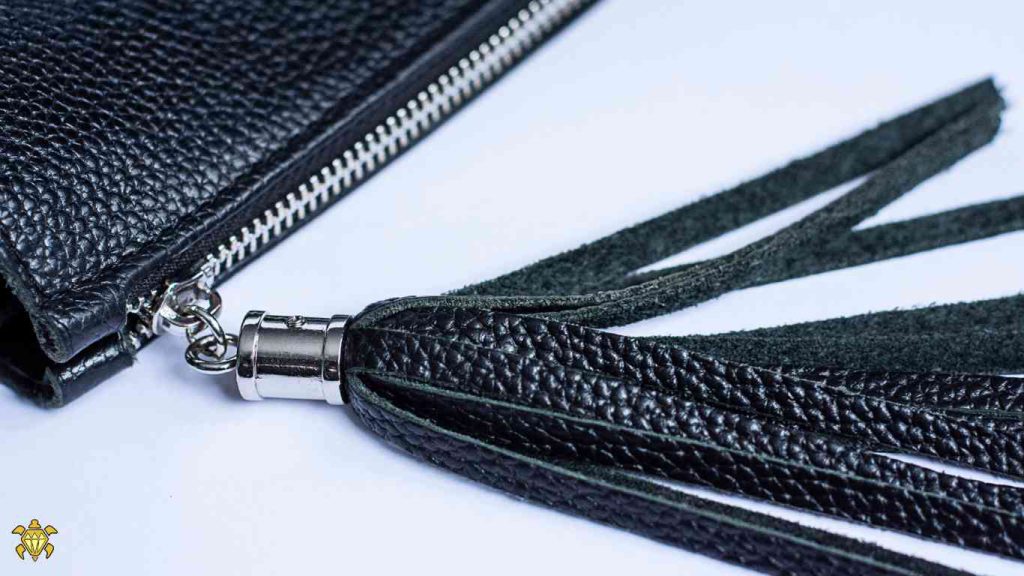Aryiatas Co is known as a raw materials supplier in the market of trading. In this article, we’re going to talk about one of the raw materials, silicon rubber.
The situation of the global silicon rubber market:
The global silicone rubber sheet market size was valued at nearly USD 3.6 Billion in 2018 and is expected to witness substantial growth from 2019 to 2026.
With the innovation pertaining to the advancements in the medical, automotive, and food & beverages sectors, the demand for silicon rubber has been increasing.
Such a positive development is expected to further boost the requirement for silicone rubber sheets in various end-user industries over the years ahead.
A silicone rubber sheet is mainly an inorganic synthetic elastomer made out of a silicon-based cross-linked polymer.
Silicone has a feature to remain rubbery and elastic, which makes the product highly valued in numerous markets.
These products are available in a variety of design specifications that are based on physical parameters, chemical contact, and industrial usage based on the application.
What is the usage of silicon rubber?
Silicone rubber sheets are ideal for use in a wide range of applications due to their several versatile properties.
It is resistant to moisture, chemical, compression, and extreme high and low temperatures, which helps to make this product a cost-effective and practical rubber choice for most industrial applications.
A silicon rubber sheet is used to cover a wide range of purposes across many industrial application requirements, such as the necessity for aeration in the medical industry or as an external gasket in the automotive sector.
How have strategic developments had an effect on the silicon rubber market?
Recent strategic developments of key players have positively influenced the silicone rubber sheets market dynamics.
For instance, in October 2019, Wacker Chemie AG invested around USD 150 million in a new facility in the US and launched the production of pyrogenic silica, which is an important formulation component for manufacturing silicon rubber.
The facility has a production capacity of 13,000 metric tons annually.
| Metrics | Details |
| Best year | 2020 |
| Historic Data | 2018-2019 |
| Forecast Period | 2021-2028 |
| Study Period | 2018-2028 |
| Forecast Unit | Value (USD) |
| Revenue Forecast in 2028 | USD 3.6Milion |
| Growth Rate | CAGR of 7.0% during 2021-2028 |
| Segment Covered | By Product, By Formulation, By end-user, Regions |
| Regions Covered | North America, Europe, Asia Pacific, Middle East and Africa, South America |
| Key players profiled | Silicone Engineering, Kiran Rubber, QingdaoOkin Rubber Industry Co, Ltd. Silex, J-Flex, Bellofram Silicones, Shin-Etsu Chemical Co, Ltd. Samco Silicone Products, West American Rubber Company, LLC, Fuji Polymer Industries Co.Ltd. Etc |
Key Segments of the Global Silicon Rubber Sheet Market Report
By Product Overview, 2016-2026 (Kilo Tons) (USD Million)
- Insulation sheet
- Conductive sheet
- Flame retardant sheet
- Others
By Formulation Overview, 2016-2026 (Kilo Tons) (USD Million)
- Transparent & translucent sheet
- Solid
By End-user Overview, 2016-2026 (Kilo Tons) (USD Million)
- Food & beverage
- Pharmaceutical and medical
- Automotive & Transportation
- Electrical & electronics
- Others
Regional Overview, 2016-2026 (Kilo Tons) (USD Million)
-
North America
- The U.S.A
- Rest of North America
-
Europe
- Western Europe
- Russia
- Rest of Europe
-
Asia Pacific
- China
- India
- Japan
- Southeast Asia
- Rest of Asia Pacific
-
Central & South America
- Brazil
- Rest of Central & South America
-
Middle East & Africa
What is the kind of usage of silicon rubber?
Additives:
Compared with other elastomers, silicone rubber requires few additives because the essential properties are determined by the siloxane polymer used. Thus, a finished polymer compound may consist only of polymer and filler.
Particularly notable is the fact that silicone rubber is free of curing accelerators or retarders, organic plasticizers, and organic antioxidants. Additives include stabilizers, masticating aids, and colorants.
Stabilizers
Stabilizers are available for special applications in order to optimize properties such as heat and media resistance.
Colorants
Silicone rubber is generally transparent and can be colored as desired: from transparent through translucent to opaque. WACKER will supply you with suitable color pastes, both for liquid silicone rubber and solid silicone rubber.
These color pastes are tailored specifically to the rubber grade in question and are easily blended into the compound while on the rolling mill or via metering equipment during injection molding. It should be remembered that some additives are inherently colored.
COMPOUNDING COLORS
Choosing your Color Choose the color you would like from our range of standard and special colors (see table on page 35 and our separate color paste leaflet). Almost any desired color shade can be obtained as our color pastes can be mixed in any ratio.
Our technical support specialists will gladly assist you in matching a specific color shade in their lab.
Many ELASTOSIL® COLOR PASTES FL and PT may be used for coloring silicone parts intended for sensitive applications and complying with the recommendation “IX. Colorants for Plastics and other Polymers Used in Commodities” and “XV. Silicones” of the BfR as well as FDA Regulation CFR 21 §177.2600 “Rubber Articles Intended for Repeated Use”.
Please check the actual Product Compliance Sheet and/or separate Food Contact Statement of the respective ELASTOSIL® COLOR PASTE for detailed information about food contact, including information about any limitation in the amounts, food types, and/or conditions of use that may apply for this product, before using an ELASTOSIL® COLOR PASTE.
Some ELASTOSIL® COLOR PASTES FL and PT have passed tests for biocompatibility according to USP class VI and selected tests of ISO 10993. Statements are available on request.
Adjusting Colors with PT Pastes on the Roll Mill We recommend adding the PT color pastes together with the crosslinker because a homogeneously colored material will then indicate a uniform distribution of the crosslinker.
COMPOUNDING STABILIZERS AND ADDITIVES
Improving Hot-Air Resistance Parts exposed to extremely high temperatures, such as turbocharger hoses, must be heat-stabilized.
Special oxides of transition metals (e.g. iron) and special carbon blacks are particularly suitable for this purpose.
WACKER supplies ELASTOSIL® AUX H0 – H6 hot-air stabilizers in the form of pastes that are readily incorporated via the roller mills.
The correct choice of stabilizer depends on the crosslinker, color, and operating temperature. Please note that the ELASTOSIL® AUX E crosslinker is incompatible with the ELASTOSIL® AUX H3 stabilizer.
All other heat-stabilizer grades can be used without restriction. ELASTOSIL® AUX C1 and ELASTOSIL® AUX C6 crosslinkers can be used safely with all stabilizers.
They should therefore be preferably used for colored compounds. As regards liquid silicone rubber, specialty FL color pastes can be added during pigment metering.
Reversion Stabilizers ELASTOSIL® AUX R stabilizer is used as an anti-reversion agent (reversion = breakdown of the network in conditions that exclude oxygen). It also prevents a blooming effect on the surface of non-post-cured rubber products by binding by-products of ELASTOSIL® AUX E crosslinker (2,4-dichlorobenzene peroxide) and AUX E2 crosslinker.
Stabilizer ELASTOSIL® AUX R simultaneously improves the rubber’s oil resistance.
We recommend adding 0.8 – 1% paste via the rolling mill.
What are the raw material advantages of silicon rubber?

Exceptional Property Profile
Elastomers are generally expected to be heat-resistant, oil resistant, and flexible at low temperatures.
Outstanding performance in any of these properties is likely to come at the expense of the other ones.
Silicone rubber is an exception here: it shows excellent mechanical properties over an extensive resistance to oil. Silicones also have an outstanding low compression set.
High Purity
Compared to other elastomers, silicone rubber is exceptionally pure and is therefore also suitable for use in the food and medical sectors.
Ready-to-use Compounds
Silicon rubber is available as ready-to-use compounds or as compounds to which the crosslinker and, if required, pigment, must be added.






